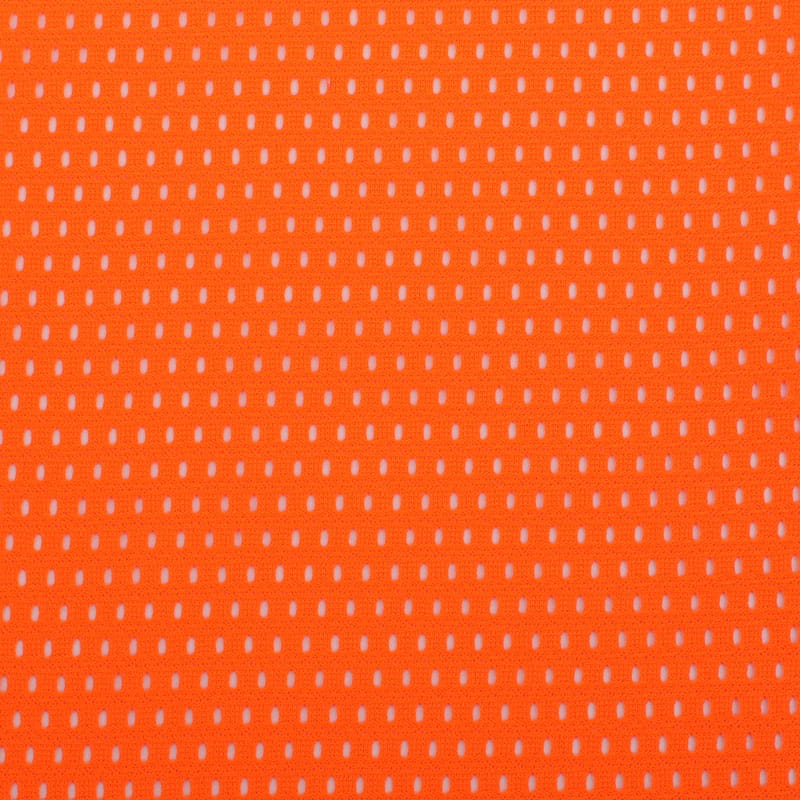The market for high visibility fabrics is experiencing significant evolution, reflecting broader trends in safety, technology, and sustainability. As safety regulations become more stringent across various industries, the demand for high visibility fabrics has surged. This growth is particularly evident in sectors such as construction, transportation, and sports, where the need for enhanced visibility is crucial for worker safety and public awareness.
One of the primary drivers of this market expansion is the increasing emphasis on safety regulations. Governments and industry standards, such as EN20471, are mandating higher visibility requirements to protect workers and individuals in hazardous environments. These regulations are not only broadening the application of high visibility fabrics but also pushing for advanced material innovations to meet compliance standards. For instance, high visibility fabrics are now designed with enhanced reflectivity and durability, ensuring that they remain effective under various weather conditions and over extended periods of use.
Technological advancements are another key factor fueling market growth. The development of advanced materials, including those with breathable, moisture-wicking, and antimicrobial properties, is making high visibility fabrics more versatile and comfortable. Innovations such as smart fabrics, which incorporate embedded LEDs or sensors, are further pushing the boundaries of what high visibility clothing can achieve, providing not only enhanced safety but also real-time monitoring and communication capabilities.
Sustainability is increasingly shaping the high visibility fabrics market. There is a growing demand for eco-friendly materials, with manufacturers focusing on fabrics made from recycled or sustainable sources. This shift aligns with global environmental goals and reflects a broader trend toward circular economy practices, such as fabric recycling and product take-back schemes. Consumers and businesses alike are becoming more conscious of their environmental impact, driving the adoption of greener practices in high visibility fabric production.

The commercial value of high visibility fabrics is also evolving with these trends. As companies seek to differentiate themselves and align with corporate branding, there is a rising demand for customized high visibility clothing. This trend is not only about safety but also about integrating branding elements into functional workwear. Additionally, the fashion industry is increasingly incorporating high visibility fabrics into stylish designs, merging safety with contemporary aesthetics.
Growth projections for the high visibility fabric market are robust, with estimates indicating a compound annual growth rate (CAGR) of around 6-8% over the coming years. North America and Europe currently lead the market due to established safety standards and high adoption rates. However, the Asia-Pacific region is expected to experience rapid growth driven by increased industrial activities and infrastructure development. The expansion of end-user segments, particularly in construction, logistics, and healthcare, is contributing significantly to this growth.
In summary, the high visibility fabrics market is characterized by a dynamic interplay of regulatory demands, technological advancements, and sustainability initiatives. The continuous innovation in fabric technology and the growing focus on environmental responsibility are shaping the future of this market. As industries adapt to evolving safety requirements and consumer expectations, high visibility fabrics will continue to play a crucial role in enhancing safety and visibility across diverse applications.


 English
English 中文简体
中文简体


.jpg?imageView2/2/format/jp2)











